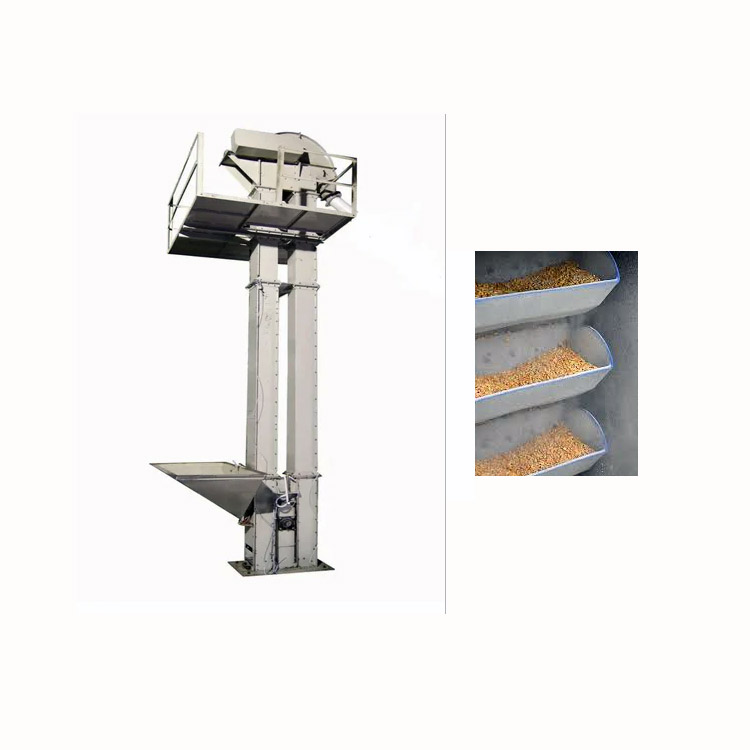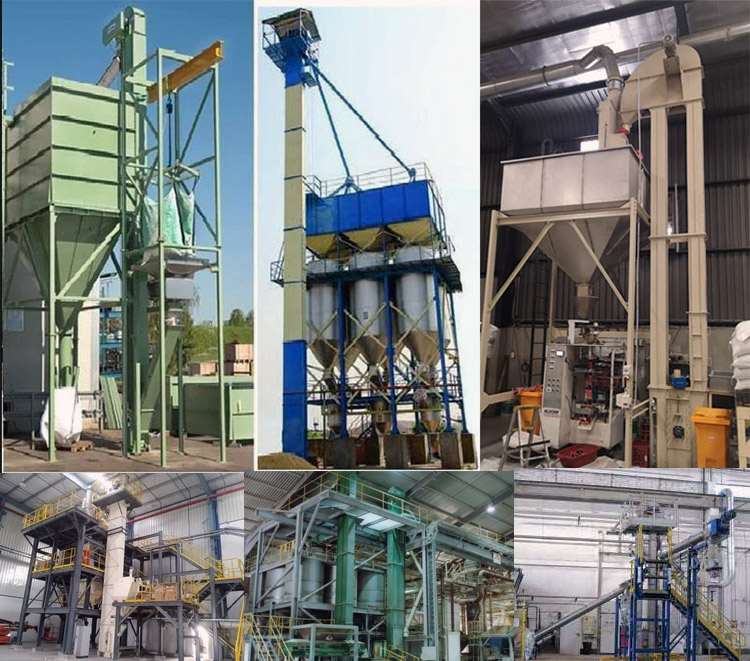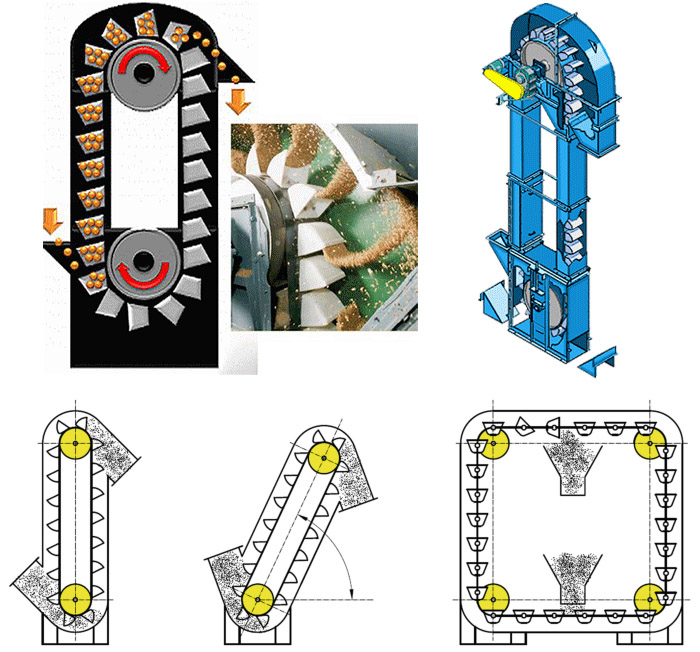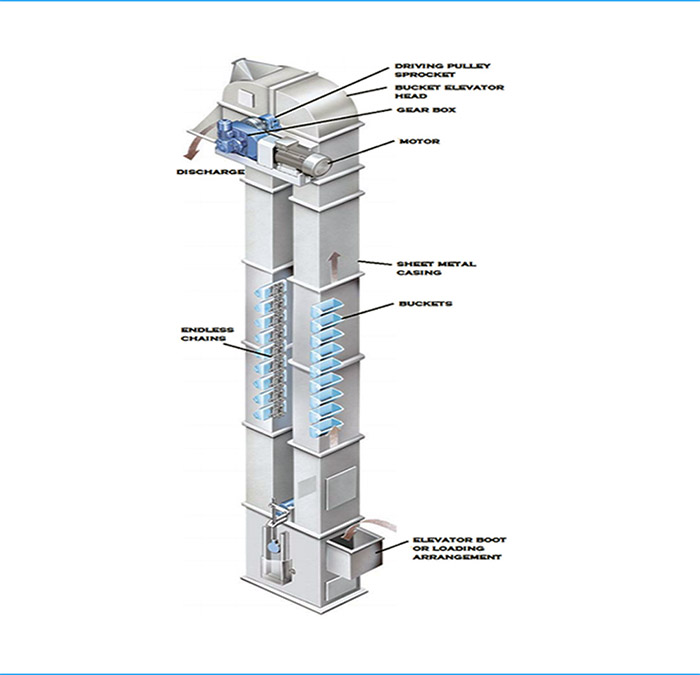What is a Grain Bucket Elevator?
Tuesday March-25 2025 14:59:15
A grain bucket elevator is a vertical conveying system designed to transport bulk grains (e.g., wheat, corn, rice) efficiently using a series of buckets attached to a rotating chain or belt. It is a critical component in agricultural and food processing industries, enabling the movement of grains from intake points (e.g., harvest sites) to storage silos, processing units, or packaging lines while minimizing damage and contamination risks.
Why Use a Bucket Elevator for Grain Transportation?
Vertical Efficiency: Bucket elevators excel in vertical transport, requiring minimal floor space compared to horizontal conveyors.
Gentle Handling: Designed to protect fragile grains from breakage, ensuring product quality.
High Capacity: Capable of handling large volumes (up to 1,000 tons/hour in industrial models).
Adaptability: Adjustable bucket sizes and speeds accommodate diverse grain types and moisture levels.

Applications Across Industries
Agriculture: Transporting harvested grains to storage silos or drying facilities.
Food Processing: Moving grains between cleaning, milling, and packaging stages.
Commercial Grain Trade: Facilitating bulk loading/unloading for export or domestic distribution.

Working Principle
Loading: Grains enter the elevator’s boot (bottom section) via a hopper or conveyor.
Lifting: Buckets attached to a chain/belt scoop grains and ascend vertically within an enclosed casing.
Discharge: At the top, centrifugal or gravitational forces empty grains into a discharge chute.
Return Cycle: Empty buckets descend to reload.

Key Structural Components
Buckets: Metal or plastic containers (e.g., ABS) for carrying grains.
Chain/Belt: Drives bucket movement; chains are preferred for heavy-duty applications.
Drive System: Includes motor, sprockets, and gearbox to control speed.
Casing: Enclosed structure to prevent dust and spillage.
Tensioning Device: Adjusts chain/belt tightness for optimal operation.

Technical Parameters
|
Parameter |
Typical Range |
|
Lifting Height |
3–60 meters |
|
Capacity |
10–1,000 tons/hour |
|
Bucket Speed |
1–4 m/s (centrifugal discharge) |
|
Material Size |
≤55 mm (varies by model) |
|
Power |
0.5–100 kW (depending on load) |
Customer Case Studies
Case 1: Large-Scale Grain Storage Facility
Application: Vertical transport of wheat from intake pits to 15-meter-high silos.
Lifting Height: 15 meters.
Capacity: 200 tons/hour.
Equipment: Model Y3730 bucket elevator with centrifugal discharge and stainless steel buckets.
Case 2: Food Processing Plant
Application: Transferring cleaned rice between milling and packaging units.
Lifting Height: 8 meters.
Capacity: 80 tons/hour.
Equipment: CPDE-7000-15000 bucket elevator with modular design for easy cleaning.
Case 3: Agricultural Cooperative
Application: Handling corn and soybeans during harvest season.
Lifting Height: 10 meters.
Capacity: 150 tons/hour.
Equipment: TDTG series galvanized steel elevator with abrasion-resistant buckets.
Conclusion
Grain bucket elevators are indispensable for modern agriculture and food industries, offering high-efficiency vertical transport while preserving grain quality. Their design flexibility (e.g., stainless steel for food safety, adjustable speeds) caters to diverse operational needs. For detailed specifications, refer to manufacturers like Zhongshan TO-U Packaging Machinery or Qingdao Foundry Equipment
